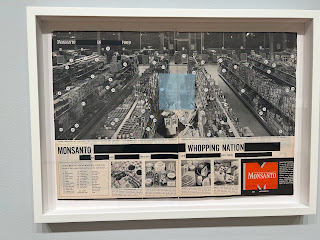Rational Thinkers Versus Non-rational Thinkers: The Quest For Legal Reconstruction
Rational Thinkers Versus Non-rational Thinkers: The Quest For Legal Reconstruction By: Kyanna Gonzalez The debate over last week’s New York City court ruling has sparked media attention across the nation as an elephant residing at the Bronx zoo was denied legal personhood. The Nonhuman Rights Project invoke a legal battle over the confinement of an elephant named Happy at the Bronx Zoo, NY. Using the common law of habeas corpus, the Nonhuman Rights Project deemed Happy’s detainment illegal and advocated for the elephant to be transferred to a sanctuary. The court panel deemed Happy as a non-human entity and thus does not fall under the common law of Habeas Corpus, a law that requires a court review for a person's release from detainment or confinement (Torrella 2022). Furthermore, personhood in the US legally excludes animals from being considered a person/human with rights and for Happy’s case, this is why she was legally denied the right to be ...

